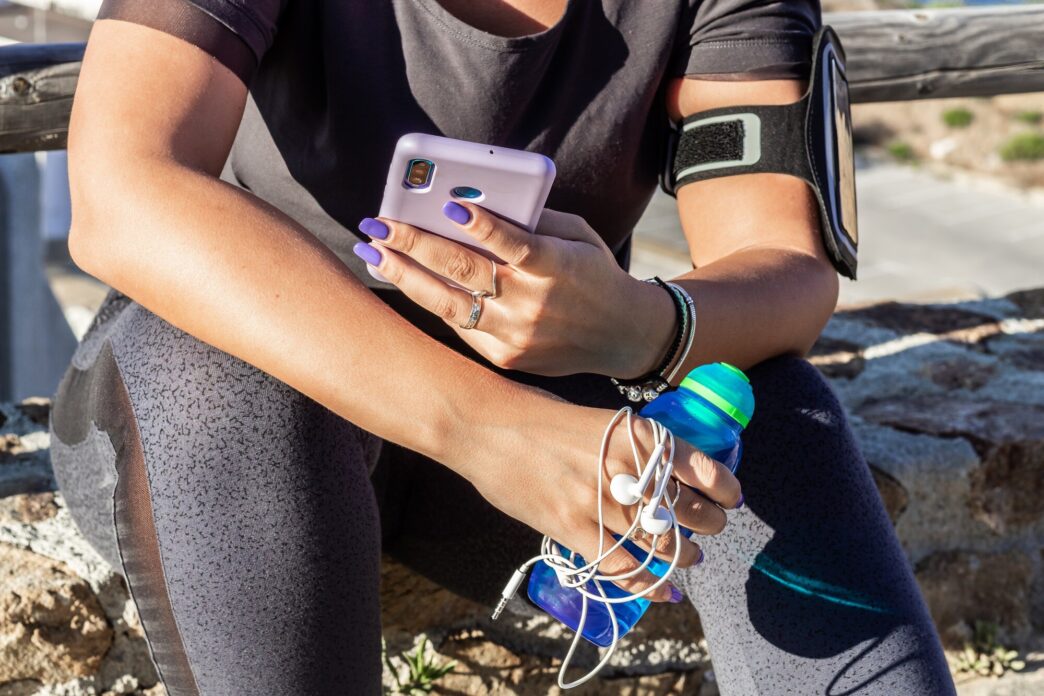A Quick Takeaway
The Story Behind the Trend
How to Make It Work for You
The Community View
For runners who meticulously track every stride, heart rate beat, and elevation gain, the right gear is more than just accessories; it’s a vital extension of their training. Data-obsessed athletes leverage advanced technology to monitor performance, optimize training, prevent injury, and unlock new levels of potential, transforming raw effort into actionable insights that propel them towards their goals. This comprehensive guide will explore the essential running gear that empowers athletes to capture, analyze, and interpret their performance data effectively, ensuring every run is a step towards smarter, more efficient progress.
The Central Hub: GPS Running Watches
Modern GPS running watches serve as the central nervous system for data-driven runners, providing a wealth of real-time metrics and post-run analysis. These devices offer precise location tracking, enabling highly accurate distance, pace, and elevation measurements, even in challenging outdoor environments. Many advanced models integrate optical heart rate sensors directly into the wrist, offering continuous heart rate data without the need for a separate chest strap, although external sensors often provide superior accuracy.
Key Features for Data-Driven Athletes
When selecting a GPS watch, data-obsessed runners should prioritize battery life, especially if planning for ultra-marathons or multi-day adventures, and the robustness of the GPS signal. Invaluable advanced features include VO2 max estimation, training load analysis, recovery advisors, and adaptive pace guidance. Crucially, look for compatibility with third-party sensors and robust companion applications for seamless data synchronization, visualization, and in-depth analysis.
Precision Physiology: Heart Rate Monitors (HRMs)
While many watches incorporate optical heart rate sensors, dedicated chest strap heart rate monitors remain the gold standard for unparalleled accuracy and responsiveness. These devices provide real-time, precise heart rate data, which is critical for defining accurate training zones, estimating lactate threshold, and gaining a true understanding of cardiovascular effort. Chest straps typically transmit data wirelessly via ANT+ or Bluetooth to your running watch or smartphone.
Chest Straps Versus Optical Sensors
Chest straps excel in providing superior accuracy during high-intensity intervals and rapid heart rate changes, as they directly measure the heart’s electrical signals. Optical wrist sensors, while convenient, can occasionally be less accurate due to movement artifacts, sweat, or variations in skin tone. For the truly data-obsessed athlete seeking the most reliable physiological data, a high-quality chest strap HRM is an indispensable tool.
Unpacking Your Stride: Running Dynamics Sensors and Foot Pods
Moving beyond basic pace and distance, specialized sensors delve deep into the intricate mechanics of your running stride. Running dynamics sensors, often integrated into chest straps or standalone pods clipped to your waistband, measure crucial metrics like ground contact time, vertical oscillation, cadence, and left/right balance. Analyzing these granular metrics can illuminate subtle inefficiencies or asymmetries within your running form, offering opportunities for improvement.
Foot pods, typically attached to shoelaces, provide exceptionally accurate pace and distance data, which is particularly useful when GPS signals are weak or unavailable, such as on indoor tracks or treadmills. Some advanced foot pods also deliver running power metrics, introducing a new dimension to training intensity similar to cycling power meters. These tools furnish granular data that can inform subtle adjustments, ultimately improving running economy and reducing the risk of injury.
Gait Analysis at Your Feet: Smart Insoles and Advanced Footwear
Emerging technologies include smart insoles that seamlessly fit into your existing running shoes, equipped with an array of pressure sensors. These innovative insoles can meticulously map foot strike patterns, accurately measure pronation and supination, and provide detailed gait analysis. Additionally, some smart shoes integrate similar sensor technology directly into their soles, offering real-time feedback on form during your run.
This unprecedented level of detail allows runners to identify subtle imbalances or potentially inefficient movements that might contribute to injury over time. By thoroughly understanding how force is distributed through the foot during each stride, athletes can proactively work on correcting their form, enhancing overall efficiency, and promoting long-term running health and longevity.
Making Sense of the Data: Data Platforms and Ecosystems
Collecting data represents only half the journey; interpreting it is where the real transformative power lies. Robust data platforms and intuitive companion applications are absolutely essential for making sense of the myriad metrics gathered. Popular services like Garmin Connect, Strava, Coros, and TrainingPeaks enable athletes to effortlessly upload, securely store, visually analyze, and comprehensively interpret their training data.
These sophisticated platforms frequently provide advanced analytics, trend tracking capabilities, and even AI-driven coaching insights based on your historical performance. They empower runners to compare individual workouts, meticulously track progress over extended periods, and identify crucial patterns in their training load, recovery status, and performance peaks. Furthermore, seamless integration with third-party tools and engaging social features adds a vital motivational and community aspect to the entire data analysis process.
The Missing Link: Recovery Monitoring Tools
For the truly data-obsessed, understanding and optimizing recovery is just as critical as monitoring performance metrics. Tools such as continuous glucose monitors (CGMs) for metabolic insights, advanced sleep trackers, and applications that measure heart rate variability (HRV) offer a profound window into the body’s readiness to train. While CGMs are primarily for medical use, some athletes experiment with them for performance insights.
Heart Rate Variability (HRV), in particular, stands out as a powerful and sensitive indicator of nervous system balance and overall recovery status. By consistently tracking HRV, runners can make exceptionally informed decisions regarding their daily training intensity, ensuring they push hard during periods of optimal recovery and judiciously back off when their body signals a need for rest. This holistic and data-driven approach to training ensures that progress is optimized not merely for output, but for sustainable advancement and long-term well-being.
Unlocking Your Full Potential
For the data-obsessed runner, the strategic employment of cutting-edge gear transforms training from a guessing game into a precise, evidence-based science. By meticulously utilizing GPS watches, accurate heart rate monitors, detailed running dynamics sensors, and insightful data platforms, athletes gain an unprecedented understanding of their body and performance. This profound technological integration empowers runners to refine their technique, optimize their training load, enhance recovery, and ultimately achieve their running aspirations with unparalleled intelligence and efficiency.







